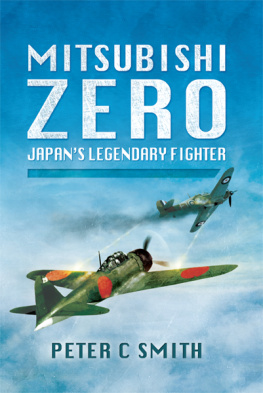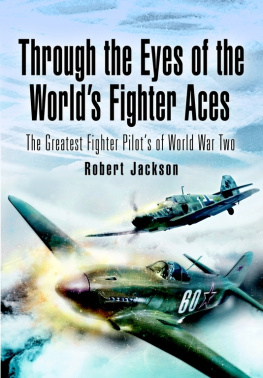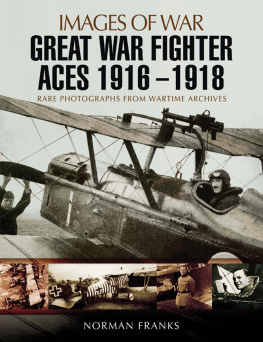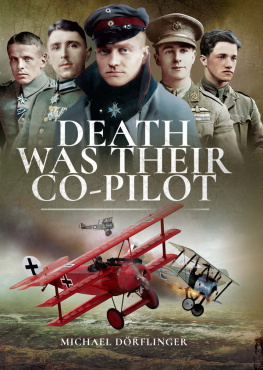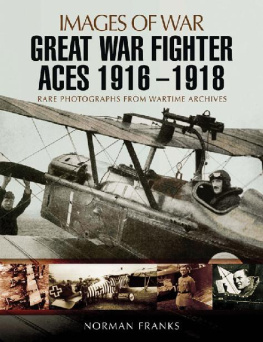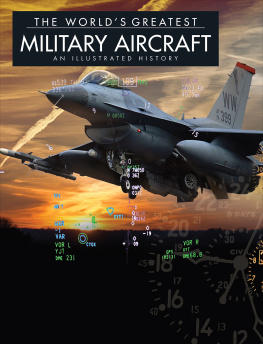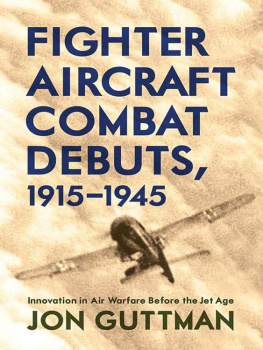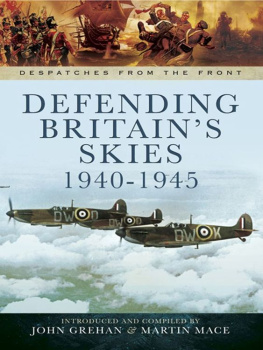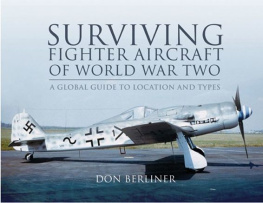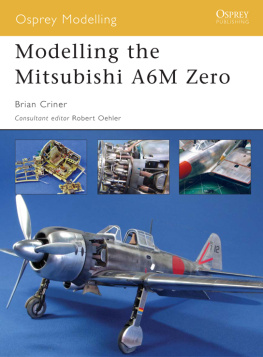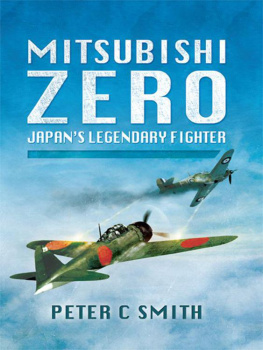
Aviation titles by the same author:
Aichi D3A1/2 Val
Air Combat Manoeuvres
Avro Lancaster
Close Air Support
Curtiss SB2C Helldiver
Dive Bomber!
Dive Bombers in Action
Douglas AD Skyraider
Douglas SBD Dauntless
Fairchild-Republic A-10 Thunderbolt-II
Fist from the Sky
Impact! the Dive Bomber Pilots Speak
Into the Assault
Junkers Ju87 Stuka
Kamikaze!
Lockheed Martin C-130 Hercules
Luftwaffe Colours Stuka Volume 1
Luftwaffe Colours Stuka Volume 2
North American T-6
Petlyakov Pe-2 Peshka
Royal Air Force Squadron Badges
Ship Strike!
Skua! The Royal Navys Dive Bomber
Straight Down!
Stuka at War
Stukas over the Mediterranean
Stukas over the Steppe
Stuka Spearhead
Stuka Squadron
T6 A Pictorial History
The Sea Eagles
The Stuka at War
Torpedo Bombers
Vengeance!

First published in Great Britain in 2014 by
Pen & Sword Aviation
an imprint of
Pen & Sword Books Ltd
47 Church Street
Barnsley
South Yorkshire
S70 2AS
Copyright Peter C. Smith 2014
ISBN 978 1 78159 319 6
eISBN 9781473846661
The right of Peter C. Smith to be identified as the Author of this Work has been asserted by him in accordance with the Copyright, Designs and Patents Act 1988.
A CIP catalogue record for this book is available from the British Library
All rights reserved. No part of this book may be reproduced or transmitted in any form or by any means, electronic or mechanical including photocopying, recording or by any information storage and retrieval system, without permission from the Publisher in writing.
Typeset in Ehrhardt by
Mac Style Ltd, Bridlington, East Yorkshire
Printed and bound in the UK by CPI Group (UK) Ltd,
Croydon, CRO 4YY
Pen & Sword Books Ltd incorporates the imprints of Pen & Sword Archaeology, Atlas, Aviation, Battleground, Discovery, Family History, History, Maritime, Military, Naval, Politics, Railways, Select, Transport, True Crime, and Fiction, Frontline Books, Leo Cooper, Praetorian Press, Seaforth Publishing and Wharncliffe.
For a complete list of Pen & Sword titles please contact
PEN & SWORD BOOKS LIMITED
47 Church Street, Barnsley, South Yorkshire, S70 2AS, England
E-mail: enquiries@pen-and-sword.co.uk
Website: www.pen-and-sword.co.uk
Introduction and Acknowledgements
T he story of the Mitsubishi A6M fighter aircraft of World War II has been told many times, with varying degrees of accuracy. It is essentially a story of myths. Before the outbreak of war in the Pacific in December 1941 both British and American sources, official and unofficial, were essentially united in the myth that their aircraft and their flyers were more than a match for anything that the Japanese could put into combat. More than just a totally unjustifiable belief in their own automatic superiority in production, design and fighting ability was the myth that the Japanese fighting man was basically inferior in every respect to the westerner. This misconception, rooted in racism and arrogance, as well as ignorance, was deep-rooted and slow to change. Such tenets were deeply held and indoctrinated, with otherwise intelligent people such as Winston Churchill and the British chiefs of all three services sharing with their American counterparts both a contempt for their new enemy and a totally false believe in their own invincibility.
Thus you have bizarre statements in pre-war American aviation magazines that the Imperial Japanese Navys total air component consisted of inferior aircraft carriers equipped with obsolete aeroplanes, themselves flown by incompetent pilots and offered nothing whatsoever for the United States Navy to fear. One typical contributor is Leonard Engel. Among his enlightening revelations to the American public were that the Japanese Navy had less than 500 aircraft; compared to other powers Japanese aircraft were the poorest qualitatively . Japanese aircraft carriers he stated, are inferior to the British. And the British are far inferior to the American. The carriers Sry and Hiry could, each carry about 30 planes. The Kaga and Akagi , carry 30 planes apiece normally, but can handle as many as 50. He predicted that new carriers (presumably the Shkaku and Zuikaku ), would, not be ready for at least two years. One final prediction made was that, Some day, perhaps, the Japanese will have accumulated enough experience in a mechanical way to catch up, but that day will not come soon. It proved sooner than Engel thought, just eleven months after this boastful bombast all his bragging was blown asunder. In fact the IJN had ten aircraft carriers in commission with hundreds of modern aircraft embarked flown by veterans of the war in China; the crew of the carrier Lexington used to boast being worth at least four Japanese carriers, until, that is, she was sunk by aircraft from one of the least efficient such Japanese ships at the Coral Sea battle; similar bragging was commonplace until Pearl Harbor brought some reality into the situation. Likewise, even five months after the events at Hawaii had demolished, one would have thought, all such longheld illusions, reinforced as it was by the loss of the Prince of Wales and Repulse , Malaya, the humiliating surrender of a British army in Singapore to a Japanese force about one-third its size, as well as the loss of Burma, Hong Kong, the Dutch East Indies and most of the Philippines.
Another American prophet of complete superiority was Lucien Zacharoff who concluded that Japanese military aircraft were, not up to the contemporary standards of efficiency of the United States, Great Britain and the Soviet Union. Among other nuggets of wisdom from this luminary were that Japan must depend on foreign types and that the bulk of them anyway were ominously obsolete and that they lacked range. In fact the IJN aircraft in general, and not just the A6M, consistently out-ranged US Navy aircraft throughout the entire Pacific War.
The British were no better. When, in April 1942, the Vice Chief of the Naval Staff, one Rear-Admiral Tom Spencer Vaughan Philips, CB, requested that Hawker Hurricanes be sent to Malaya he was mocked by the RAF representative, Air Marshal Sir Wilfred R. Freeman, who lectured him that the Brewster Buffalo was more than adequate to deal with any Japanese aircraft as they were not of the latest type. Tom Philips was later to command the inadequate and ill-fated Force Z, sent east when Churchill, in yet another of his uninformed decisions, overruled Admiralty advice. Frequently accused since of being ignorant in air matters, one cannot help feeling that Admiral Philips was more in tune with reality than the RAF on this particular issue. In August 1941 Premier Winston Churchill, whose knowledge of the Japanese Navy and Air Force was notoriously abysmal, decided to send the Hurricanes, two hundred of them, along with a further two hundred US supplied P-40B Tomahawk fighters to the Soviet Union instead of Malaya.
Yet even as late as April 1942 the British Admiral James Somerville, in command of the Eastern Fleet and reputed to be the most air-minded of British admirals, could still espouse the same nonsense to justify his policy, Im told the Japs are afraid of the dark so I must try and specialize in night attacks. The battles of Savo Island and Tassafaronga, among others, which saw radar-equipped Allied naval forces destroyed by Japanese units lacking such equipment, put paid to that particular illusion as well.
Next page
